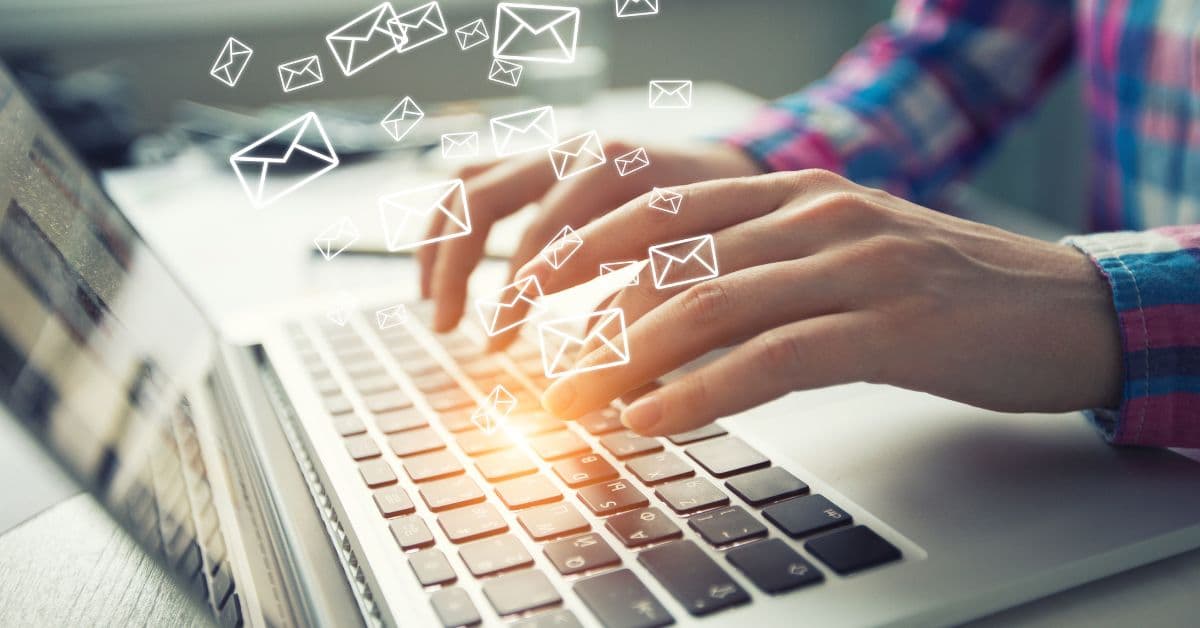Published May 21, 2024
In the world of non-profits and fundraising, the donation request letter or email serves as a critical bridge between organizations and potential donors. It is more than just a means of asking for financial support. It’s a way to connect with individuals on a personal level, share your mission, and inspire them to contribute to a cause. The art of crafting an effective appeal can significantly impact your fundraising efforts and, ultimately, the success of your projects. If you’re new to the art of fundraising emails or simply want to hone your skills, continue reading to learn how to write a donation request letter or email.
The Purpose of a Donation Letter
Before we dissect the anatomy of an effective donation request, it’s vital to understand its core purpose. A donation letter is not merely a plea for money but a call to action for supporters to join in on a larger mission. It’s an opportunity to convey the significance of your cause, the difference a donation can make, and why the reader, in particular, is so essential to this mission’s success. Understanding this foundational purpose is key to crafting a message that moves hearts—and wallets.
The Anatomy of an Effective Letter or Email
An engaging donation request contains several key components. A compelling story lies at its heart, drawing readers in and helping them understand the depth and breadth of the cause. You should pair this narrative with a clear call to action, inviting the recipient to become an active participant in the story. The request should specify specific donation amounts—be it money, time, or other resources. Lastly, your message must always include a note of gratitude, acknowledging the reader’s support and contributions. Each element plays a distinct role in capturing interest and motivating action.
Crafting Your Story
Your story is the heart of your donation request and a powerful tool in any fundraiser’s arsenal. A well-told story can evoke empathy, build connections, and motivate action. When sharing your narrative, focus on the impact of your work. Use real-life examples that highlight the change your organization seeks to make in the world. Keep in mind that authenticity resonates. Ground your story in reality, ensuring it reflects the genuine need and the real-life implications of your work. Stories move people in ways that data alone cannot.
Making the Ask
The moment of making the “ask” is pivotal. Be clear, direct, and specific about what you are asking for and why. It’s also beneficial to include multiple giving options, catering to different capacities to give. Whether it’s a set monetary donation, volunteer hours, or another form of support, explain how you’ll use these contributions to further your cause. Transparency not only builds trust but also helps potential donors understand the tangible impact of their support.
The Importance of Personalization
In the age of mass emails and generic appeals, personalization can set your request apart. Tailoring your message to fit different segments of your audience shows that you understand and value their unique relationship to your cause. Address recipients by name, reference past support, and consider segmenting your mailing list to ensure the most relevant message reaches each group of potential donors. Personalized correspondence shows donors that you understand and value their unique contribution to your mission.
Design and Format
The visual and structural elements of your letter or email play an essential role in engaging readers. Poor presentation can overshadow even the most heartfelt message. A clean, accessible design ensures that your message is digestible and that key points stand out. Use headings, short paragraphs, images, and strategic bolding to guide readers through your narrative and emphasis. In an email, links to additional information and donation pages should be easily identifiable and accessible. Ensure your email design is mobile-friendly, as many readers will access it on their phones.
Call to Action
A compelling call to action is what turns a sympathetic reader into a contributor. Beyond asking for donations, invite your audience to become part of a community of change-makers. Your call to action should be direct and impossible to overlook. Phrases such as “Donate now to make a difference” or “Join us in changing lives” coupled with a conspicuous donation button or link work well. Make acting on the impulse to help as easy as possible for the reader. You can also offer additional ways to get involved, such as volunteering, attending an event, or sharing your message. The key is to provide a clear, easy path to taking the next step.
Gratitude Matters
Gratitude is not just a courtesy; it’s a critical aspect of building and maintaining relationships with your supporters. Acknowledge their support explicitly, thank them for their contributions, and share the difference their help is making. Personal follow-ups or updates can reinforce their decision to contribute, encouraging ongoing support. In other words, never underestimate the power of saying thank you.
Examples and Templates
Real-world examples and templates can be incredibly helpful as you begin to craft your letter or email. Looking at successful appeals can give you a sense of what works in terms of tone, structure, and content. Templates, meanwhile, can offer a starting point from which to personalize and adapt your message to fit your organization’s unique voice and mission.
While knowing how to write a donation request letter or email is a staple tool in fundraising efforts, it’s just one part of a larger strategy. Other effective methods, such as organizing events, crowdfunding campaigns, and grant writing, also play vital roles in a well-rounded fundraising approach. Combine these tools intelligently to maximize your impact.
Effectively Convey Your Message
Writing a heartfelt, effective donation request letter or email is an art that combines storytelling, clarity, and sincerity. It requires understanding your audience, conveying your message with compelling narratives, and guiding potential donors toward making a tangible impact. With these guidelines in mind, you’re well on your way to crafting appeals that not only meet your fundraising goals but also build lasting relationships with your supporters. Each donation, big or small, is a step toward achieving your mission. Your task is to inspire that first step.
At Vertical Raise, we can help you achieve your fundraising goals. Our online donation platform uses emails, text messages, and social media campaigns to exponentially increase your reach. Our email deliverability and detailed tracking ensures potential donors receive timely information throughout your fundraising event. Get in touch today to learn how we can help you elevate your program.

